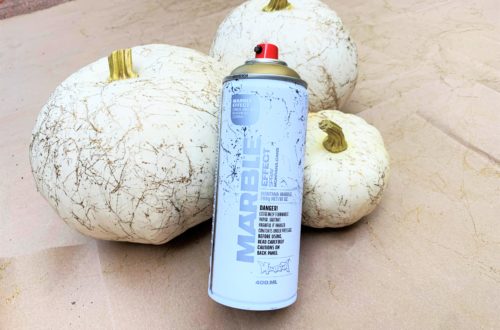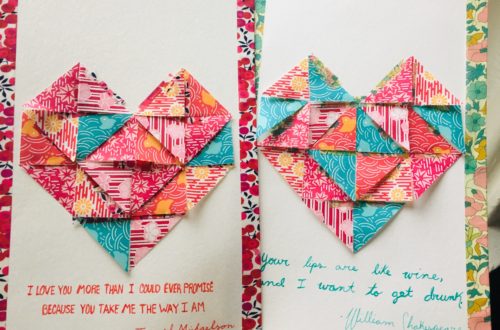Our focus for November on our Customer Engagement Calendar is printmaking. Printmaking is an artistic process of transferring images from a treated surface onto another surface, usually paper or fabric. There are many different versions of printmaking. Popular types include screen printing, block printing, lithography, cyanotype, and collagraphy.
Screen printing is the process of treating a mesh screen with a variety of solutions to create a “resist” in the fabric. When ink is pressed through this mesh screen, only the clear areas of the screen will allow ink to pass through, leaving you with a desired image. This method can be used on a variety of surfaces, including paper, fabric, primed canvas, wood, plastic, glass, and more.
The benefits of this technique are
- Crisper edges
- Less wear and tear than a carving block
- Fast production time
- A more uniform final print
- Screens are re-usable if cared for properly

Block printing is a method that uses a carved image, “the block”, to transfer ink, paint, or wax onto your desired surface. There are a few methods of Block printing:
- Ink is rolled onto this carved surface and is “lifted” or “pulled” off by rubbing the final surface, like paper, over the inked block. The carved areas leave negative space that shows the color of the paper (or ink) underneath.
- The block acts as a stamp. Ink is applied to the carved surface and is then manually pressed onto the final surface.
Fine details can be captured in each print. However, since the process is typically done by hand, no two prints are ever the same.

Lithography is a planographic printmaking process where a design is drawn onto a flat stone or plate and affixed by a chemical reaction. The design for the lithograph is first drawn onto the stone or plate with lithographic crayon or ink. A gum arabic solution is then brushed onto the stone. The chemical reaction between the solution and the stone fixes the image that was drawn with the crayon or ink. The solution simultaneously makes it so the blank areas of the stone will repel printing ink. The original drawing is then wiped away with a solvent and a trace of the image on the stone is left.

Cyanotype is a type of printing where UV rays are used to imprint the color onto a surface. A negative of an image or an object is placed onto the coated surface and left in sunlight or under a UV lamp. The solution will begin to change color during exposure. The exposed part of the paper will fade in the UV exposure. Once fully processed, the paper is rinsed with water and an image of the negative or object develops is left behind with a blue (or other colored) background.

Collagraphy is a printing process where a collage of materials of various textures is glued onto a printing plate, usually made of wood or cardboard. The plate is covered in ink and then printed on to paper either manually or with a press. It is a form of relief printing where artists can create tonal effects due to the use of different textures and materials.

Materials Used in Printmaking
As stated earlier, the surface used to print on is as crucial as the process choice. Paper and fabric are the most common surfaces used. There are a variety of fantastic printmaking papers available, ensure your staff understands their differences and benefits.
Ink is another material vital to the process. There are oil based inks, water based inks and enamel based inks. The type of ink you use depends on what type of printmaking process you are using.
Lastly, there are all the tools that go along with creating your print. This includes screens, blocks, plates, carving tools, the brayer which is used to roll out your ink, and the baren which is used to smooth out your surface. You will also need a cleaning solution in order to reuse your screen or block.
Tips and Tricks
In your printmaking department, staff members can do demos or host printmaking classes. Printmaking is trending right now, so encourage your staff to learn about it in order to assist customers. Since it is an expensive practice, printmaking departments often do not generate a ton of sales, however, there is a potential for growth if you invest in the right types of products for your store.






